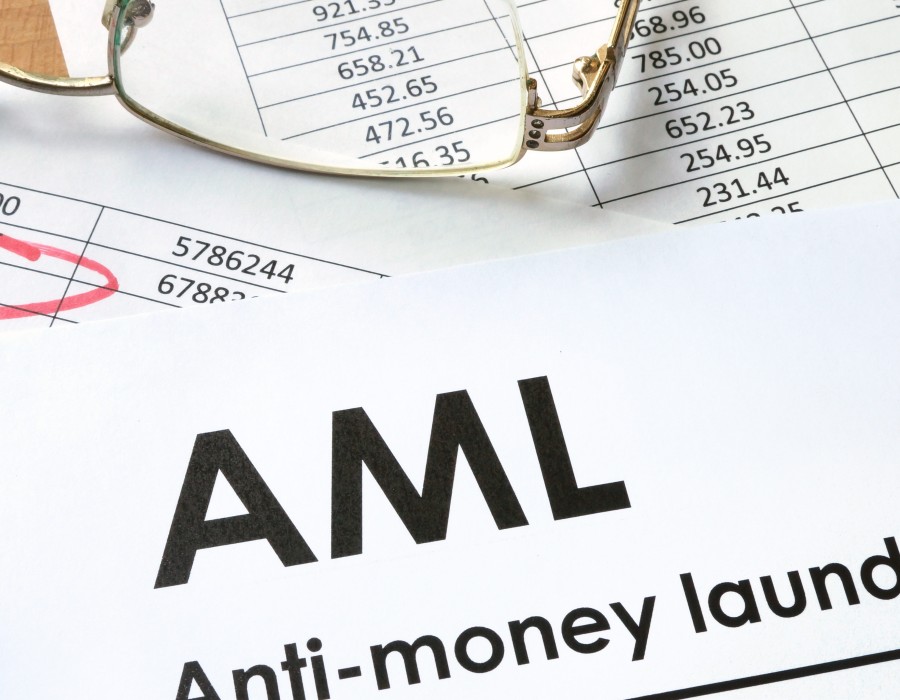Have you ever wondered how the invisible threads of finance are kept safe in the ever-evolving world of cryptoassets? As digital currencies increasingly become a part of our financial landscape, the importance of Anti-Money Laundering (AML) measures in this realm cannot be overstated. In this deep dive, we'll explore the essentials of AML in the cryptoasset sphere, unraveling complexities and shedding light on why it's not just a regulatory checkbox but a cornerstone of cryptoasset security.
Understanding AML: Basics and Importance in Crypto
In the world of finance, AML stands as a sentinel against the misuse of monetary systems. Traditionally, it's been a stronghold in banking, guarding against illicit activities. But, as digital currencies like Bitcoin and Ethereum reshape our financial paradigms, the principles of AML have had to evolve swiftly. Cryptoassets, by their digital and often decentralized nature, present unique challenges and opportunities for AML frameworks. The absence of a central authority in many crypto networks means the responsibility of AML doesn’t rest on a single entity’s shoulders but is a distributed mandate.
AML in crypto isn't just about compliance; it's a commitment to integrity and stability in a digital economy. It's about creating an environment where innovation thrives, but not at the cost of legality and security. The importance of AML in cryptoassets lies in striking a balance between innovation and regulation, ensuring that the pioneering spirit of cryptocurrencies isn't overshadowed by their misuse.
Challenges of AML in Cryptoasset Management
When it comes to managing cryptoassets, the AML landscape is as dynamic as it is challenging. One of the primary hurdles is the inherent anonymity of transactions. While this is a celebrated feature of blockchain technology, it also opens doors for potential misuse. The pseudonymous nature of transactions means tracking the flow of funds can be like finding a needle in a digital haystack.
Furthermore, the global nature of cryptocurrencies adds another layer of complexity. Different countries have different AML standards, making compliance a moving target for international cryptoasset firms. This decentralized and borderless nature of cryptoassets necessitates a sophisticated approach to AML, one that can adapt to the nuances of a digital, global currency system.
Key AML Strategies for Cryptoasset Firms
So, what can cryptoasset firms do to fortify their AML defenses? The first step is to understand and implement robust Know Your Customer (KYC) protocols. KYC is the process of verifying the identity of clients, and in the crypto world, this is crucial. It involves more than just collecting documents; it's about understanding the client's transaction behaviors, financial patterns, and risk profiles.
Another critical strategy is continuous transaction monitoring. This isn't a set-and-forget operation. It requires ongoing vigilance, using advanced analytics to detect unusual patterns that might indicate money laundering. By monitoring transactions in real-time, crypto firms can respond swiftly to suspicious activities, staying one step ahead of potential AML breaches.
Global AML Regulations Impacting Cryptoasset Operations
Now, let’s talk about the global AML regulations that shape the cryptoasset landscape. With the rise of digital currencies, international regulatory bodies have been quick to respond. The Financial Action Task Force (FATF), for instance, has been instrumental in setting global AML standards for cryptocurrencies. Its recommendations provide a framework for countries to adapt their regulations, ensuring a cohesive approach to AML in the crypto sector.
But it's not just about international bodies. Each country has its own set of regulations that crypto firms must navigate. From the stringent guidelines in the US to the more flexible approaches in other regions, understanding and complying with these diverse regulations is a complex but necessary part of operating in the global crypto market.
Conclusion: Forging Ahead with Responsible Cryptoasset Management
In conclusion, AML in the cryptoasset sphere is a dynamic and essential aspect of the digital finance landscape. As we move forward, the role of AML will only grow in importance, ensuring that the revolutionary potential of cryptocurrencies is not undermined by illicit activities. For those looking to delve deeper into this fascinating subject, consider exploring all courses AML courses, a resource that offers comprehensive insights into the world of AML in cryptoassets.
Navigating the AML landscape in cryptoassets is not just about adhering to regulations; it's about fostering a secure, stable, and trustworthy digital financial environment. As the crypto world continues to evolve, so too will the strategies and regulations around AML, and staying informed and proactive is key to thriving in this exciting domain.






Comments